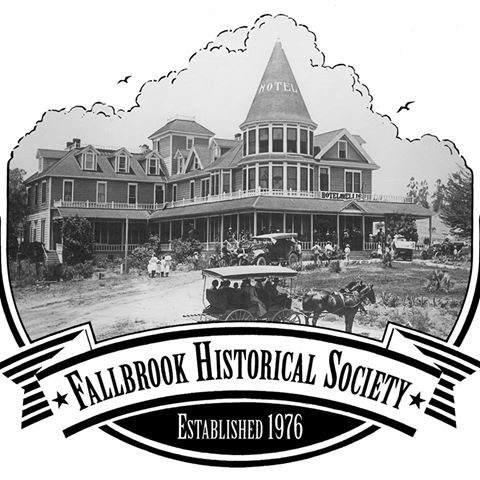
Archeological evidence of human habitation near Fallbrook from more than a thousand years ago are visible on the grounds of the Reche schoolhouse, by the old stream bed, and along the creek at Live Oak Park.
Metates are deep indentations in the bedrock formed through centuries of native women grinding acorns with stone pestles all day while watching their children and teaching them the skills for preparing food. The acorn foods gathered from the live oak trees were nutritious and reliable from year to year. After grinding, the acorn meal was leached, dried, and sifted into flour. The coarsest flour was used for making bread, while the finer flour was used to make soup or mush.
Although acorns were a dietary staple, native American hunters found the oak woodlands of California to be rich in game; as deer, bear, and other wildlife also thrived on the acorns and liked to pause in the shade of the trees.

Native American cultures evolved and thrived among these woodlands for millennia. In the San Luis Rey Valley they were known as Payomkawichum, or “People of the West”. When Spanish missionaries arrived and established Mission San Luis Rey in 1798, the Spanish imposed the name San Luiseño, later shortened to Luiseño, upon the original inhabitants of the land due to their proximity to the Mission.
You can see the metates on the Reche schoolhouse grounds1319 S. Live Oak Park Rd when the schoolhouse is open to the third Saturday of each month between 1pm to 4pm.
Tom Frew, FHS historian
